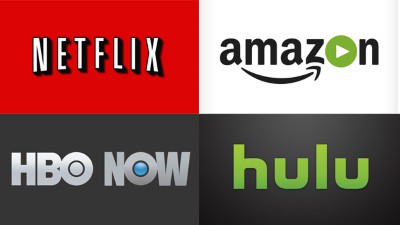 The average American broadband-equipped household now uses 190GB a month, more than 95% of which is online video, according to a new report from iGR Research.
The average American broadband-equipped household now uses 190GB a month, more than 95% of which is online video, according to a new report from iGR Research.
The detailed 125-page study of broadband speeds and usage, priced at $1,950, included some surprising changes in usage patterns.
In the past, as consumers upgraded their broadband plan to get faster speeds, their corresponding usage also increased. But iGR Research found that trend is no longer true as speed increases accelerate.
Iain Gillott, president of iGR Research, noted households with higher-speed connections don’t necessarily consume more data than those with lower-speed connections. Once broadband speeds achieve a rate fast enough to support high quality online video, further speed increases don’t always result in substantially higher consumption.
Gillott pointed out his own family recently upgraded to a 200Mbps connection and found little change in their monthly usage. That could be a problem for internet providers that cap customer usage while blaming increased demand.
“If we download a movie, it used to take 20 minutes to get HD. Now it takes three,” Gillott told Telecompetitor. “But it doesn’t mean we use any more data; it’s just that it took longer.”
Gillott noted customers upgrading from a slow speed DSL connection are another matter. Because DSL may only be able to support one or two concurrent video streams, many customers intentionally limited their simultaneous use of the internet to maintain usability. But once speeds increase to manage online video demands, usage often increases.
The report, U.S. Home Broadband and Wi-Fi Usage Forecast, 2015-2020, does forecast advancements in online video are likely to drive usage substantially higher than the current broadband allowances offered by many providers. The growth in 4K video alone could spike usage to as much as 500GB a month.
“What drives usage is more high-definition [content],” commented Gillott. “It doubles the amount of data used.”
Online video is driving almost all the usage growth in the United States. Gillott points to a cultural change in how television programming is being viewed in the United States. In short, fewer people are sharing time together watching the same show. Today, many people watch their own shows on their own devices.
“TV has become a personal activity,” said Gillott. “If you have four people in a household now, that means four times the data going in.”


 Subscribe
Subscribe